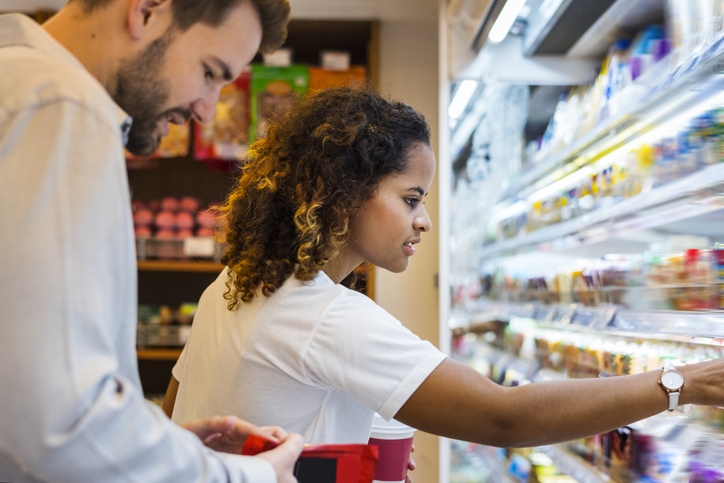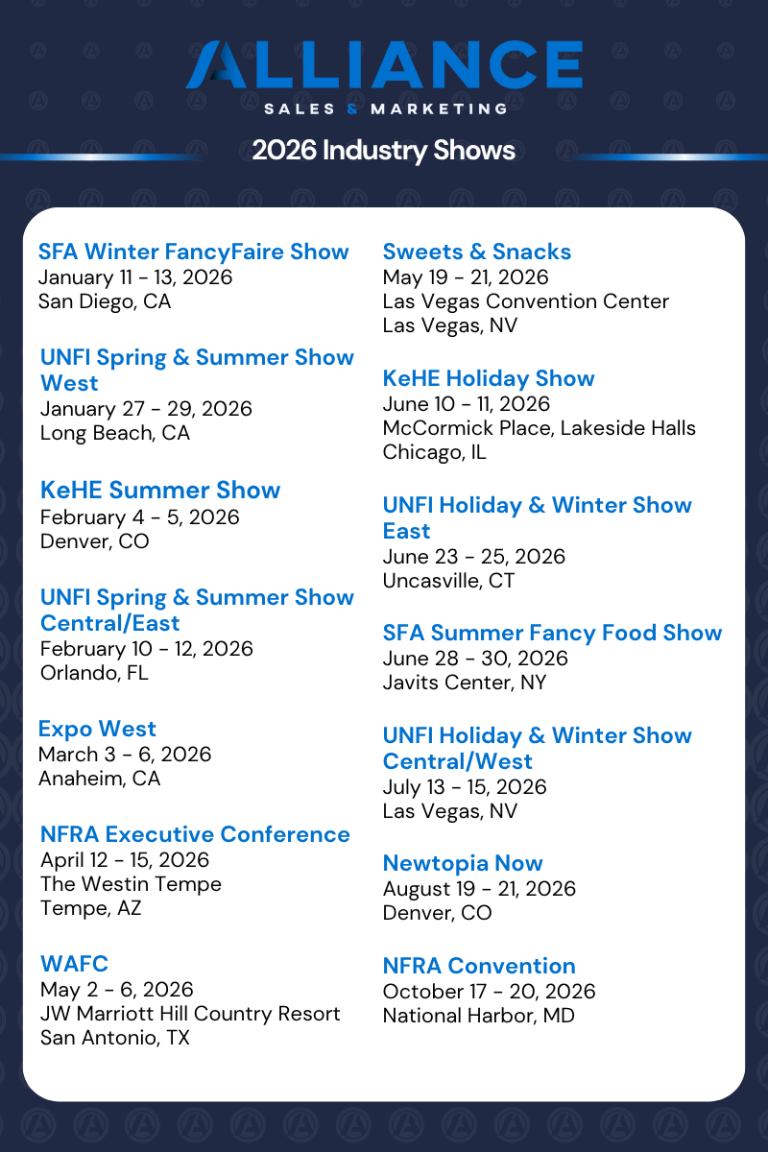
Launching a food product requires a product-market fit, a sustainable profit margin, a brand that differentiates you from your competition, and a strong marketing plan. There are several things to consider before embarking on your journey to startup success:
- Why are you creating this product?
- What category are you launching in?
- What’s in your ingredients list?
- Do you need to acquire any certifications to reach your target market (Keto Certified, Certified Paleo, NON-GMO, Certified Gluten Free, Certified Vegan)?
- Do you need to talk to a specialist in food science or nutrition?
- What production facility will you use?
- How will you package your food brand?
- How will you distribute it?
- Where will you sell it?
- What is the shelf life of your product?
- How will you market the product?
These questions must be answered before moving on to the next step of starting your food business. If you’re pitching to investors or acquiring a loan to finance your dream, you’ll have to write a business plan that answers all of these questions in great detail.
Achieve Product-Market Fit
The goal of launching a new food or beverage product is to achieve product-market fit. Product-market fit is how well your idea fills a demand or void in the marketplace. To determine if your idea has true potential, test your product by gathering feedback in your local market, researching your target audience, and modifying your product until it solves a problem or fulfills a need.
Determining product-market fit early on when developing your food product is critical. There are many ways to trial your product before launching: give away samples; run paid search or social ads to determine consumer interest; sell to independent retailers in your local community; or sell directly to customers via a website, Amazon, or crowdfunding site. Gathering feedback and tracking click-through rates and sales will validate your idea.
If customers are responding enthusiastically to your product then you can assume you have a product that satisfies a need.

Calculate Your Profit Margin
So, you’ve got a viable idea, congrats! The next step is to consider the amount of capital you’ll need to make your food startup dreams a reality.
To identify how much it will cost to launch a new food product, you’ll have to consider how much money it will take to manufacture and store the product (think: ingredients, packaging, freight, production, warehousing, and distribution) along with how much it will cost to market (think: branding, promotional pricing, slotting fees, digital marketing, and shopper marketing programs). If your business plan includes using conventional grocery stores or natural specialty stores to distribute your product, you’ll need to hire a food broker to leverage their relationships with buyers.
Retail margins will vary depending on your distribution channel. Generally, margins are lower in wholesale clubs, Amazon, and big-box stores like Wal-Mart and Target. If you’re aiming to release in conventional grocery stores, like Kroger, Publix, Wegmans, or H-E-B, a 35% margin is ideal. While if you’re planning to launch in natural specialty stores, like Whole Foods, Sprouts or Fresh Market, a 40-45% margin is achievable.
After tallying your production and marketing expenses, determine your gross margin. If it doesn’t fall within a 35-45% range, your business won’t be profitable. And, ultimately, if you’re not profitable, your business can’t scale and become a thriving brand in the food industry.
Build Your Brand
Even if you’ve achieved product-market fit, your idea may be similar to other well-known brands and private label products on the supermarket shelf. How do you stand out? With branding and a consumer marketing plan. You can differentiate yourself by using eco-friendly packaging, donating a portion of your profits to a charitable organization, or by marketing your product in a unique way. Whatever you do, be different and share your authentic story.
Chances are the strongest CPG brands in your category are investing a lot of their marketing budget into online channels by building a beautiful (and functional) website, creating strong social media content, spending on paid search and paid social, and creating partnerships with influencers and other like-minded brands. The goal of your online presence should be to drive people in-store to purchase your product.

Sell Your Food Product
You have a viable idea, your margins are sustainable, your partners are in place, and your brand is ready to go to market. With the help of a national food broker, you can begin pitching your product to supermarket buyers and rolling out a strong promotional plan to encourage consumers to trial your new product.
Generally, retailers trial a product for six-to-nine months to determine consumer interest—that’s why it’s extremely important to have an experienced broker with a business intelligence team on your side who can spot trends and opportunities to set you up for long-term success.
Ready to launch? We can help.

